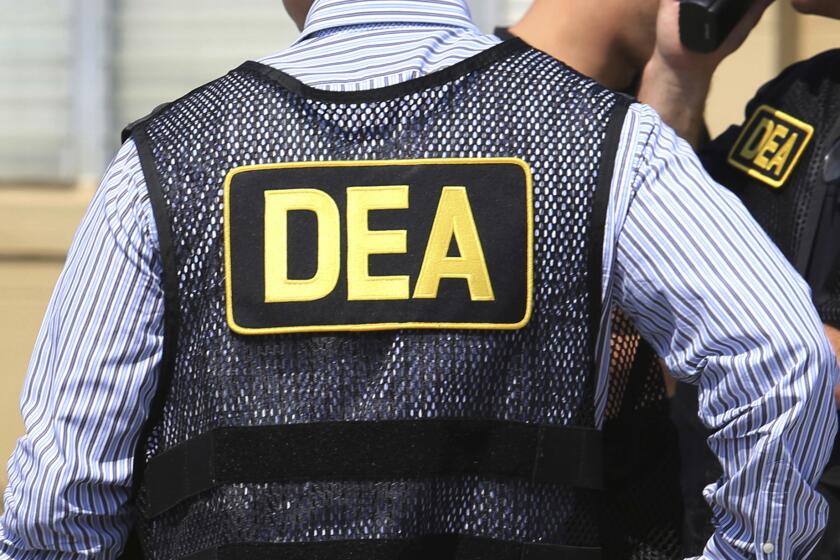New tsunami maps will show risks from likelier surges
- Share via
Within the next three years, the state of California plans to produce a new set of statewide tsunami maps that will help coastal communities, harbor masters and port officials prepare for the most likely threats.
The state released tsunami inundation maps in December 2009 that show potential flooding along the coast in a worst-case scenario encompassing events that might occur only once in thousands of years — such as tsunamis spurred by undersea landslides triggered by earthquakes off the California coast.
The new maps will show the risk from events likely to happen at least once every 500 years.
In most cases, that will mean less-extreme flood scenarios. For instance, the current inundation maps show flooding as far as one to two miles inland in Huntington Beach and Newport Beach, said Rick Wilson, engineering geologist with the California Geological Survey. But in the more likely events, wave action would stop within a couple of hundred feet of the oceanfront.
The worst-case inundation maps are intended to be used to prepare for evacuations. Local communities might use the planning maps, on the other hand, to decide where to put schools, hospitals, police and fire stations.
“We don’t really expect people who live a mile inland to build a structure or avoid building a structure because of a tsunami,” Wilson said.
Researchers are working on another set of maps targeted at the maritime community, showing where hazard zones lie within harbors and ports and the safe areas offshore where boats can be taken when a tsunami is imminent.
That could limit economic losses in the future. The most recent tsunami out of Japan caused an estimated $44 million in damage in California, with much of it concentrated in the Crescent City and Santa Cruz harbors.
Although harbor masters were generally well prepared for the surges that came from Japan, Wilson said there is a need for more public education about tsunami risks. For instance, some people were piloting their boats to or from shore when the surges hit.
“We could have had many more casualties during this event,” he said. (The only reported death was of a man in Crescent City who was swept away while trying to photograph the waves).
Experts want to see more tsunami-hazard signs posted along the beaches in inundation zones. The state has funding to provide the signs, but it’s up to local jurisdictions to request them and pay to have them installed.
California receives about $1 million a year from the federal government through the National Tsunami Hazard Mitigation Program to use for public education, preparation and research. The law authorizing the money expires in 2012.
More to Read
Sign up for Essential California
The most important California stories and recommendations in your inbox every morning.
You may occasionally receive promotional content from the Los Angeles Times.














